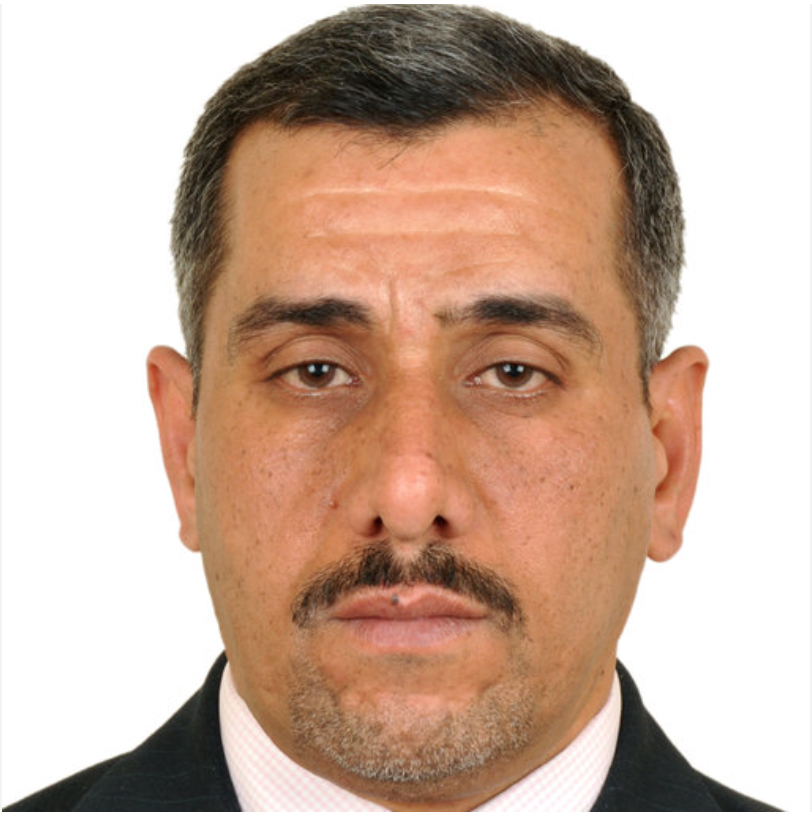
Groupwise image alignment is a powerful technique that automatically achieves non-rigid registration across a collection of images. This process is particularly challenging due to its complex nature, involving numerous parameters and often large datasets. Groupwise image alignment has found valuable applications in various domains such as facial image analysis and medical image analysis, where it facilitates the generation of statistical models of shape and appearance.
Hear from Dr. Ahmad Hashim Hussein
Groupwise image alignment automatically provides non-rigid registration across a set of images. Groupwise non-rigid image alignment is a difficult non-linear optimisation problem, involving many parameters and often large datasets. It has found applications in facial image analysis and medical image analysis by automatically generating statistical models of shape and appearance. The main approaches used previously include iterative and manifold learning-based approaches. In iterative approaches, the registration of each image is iteratively updated to minimise an error measure across the set. Various metrics and optimisation strategies have been proposed to achieve this, but requiring complex optimisation, often with many unintuitive parameters that require careful tuning for each dataset. In this thesis, we restructure the problem to use a simpler, iterative optimisation algorithm, with very few free parameters. We demonstrate how to incorporate a stiffness constraint and how to tune the few remaining parameters. The warps of training images are refined using an iterative Levenberg-Marquardt minimisation to the mean, based on updating the locations of a small number of points and incorporating a stiffness constraint. The use of Levenberg- Marquardt optimisation is made possible by using a small number of points at each iteration, as it would be too expensive to use with many parameters. It also has the advantage of stability and is self tuning.
Manifold learning-based methods perform registration of each pair of images in the set, to form a weighted manifold of the “distance” between all the images, and then find the optimal paths between the most central image and every other image. In this thesis, we use the manifold learning-based approaches to perform the initialisation, which is then refined with an iterative approach. Pairwise registration is performed using demons registration, and then shortest paths identified in the resulting manifold are used to provide an initial warp for each image by composing warps along the path. The warps are refined further using the iterative optimisation algorithm mentioned above [1].
In summary, we have developed a new efficient groupwise image alignment technique, that combines a number of previous innovations, and have investigated manifold learning for initialisation. The results indicate good results and demonstrate the efficiency of the performance and reduction of the computational requirements.
Reference:
[1] Aal-Yhia, A. H., Malcolm, P., Akanyeti, O., Zwiggelaar, R., & Tiddeman, B. (2018). Groupwise Non-rigid Image Alignment With Graph-based Initialisation. Eurographics Proceedings, 15–21. https://doi.org/10.2312/cgvc20181203
About Dr. Ahmad Hashim Hussein

Ahmad Aal-Yhia is a Lecturer in the Postgraduate Institute for Accounting and Financial Studies, University of Baghdad, Iraq since 2013. He obtained his BSc in computer science from the Mustansiriyah University, Baghdad, Iraq, in 1999, and his MSc in computer science from The University of Jordan, Jordan, Amman, in 2004. Currently, he is working towards his PhD in computer science from Aberystwyth University, UK. His current research is in Computer Vision, Machine Learning and Image Processing (specifically groupwise image registration). He is the first author of two conference papers related to groupwise non-rigid image alignment.
Disclaimer: The opinions expressed in this article are the author’s own and do not reflect the views of IGI Global.
About IGI Global
Founded in 1988 and headquartered in Hershey, Pennsylvania, USA with a subsidiary office (IGI Science and Technology, Ltd.) operating out of Beijing, China, IGI Global is a leading medium-sized independent international academic publisher of scholarly reference sources. They are committed to facilitating the discovery of pioneering scientific research that enhances and expands the body of knowledge available to the research community through traditional and open access publishing workflows. Working in close collaboration with more than 150,000+ expert researchers and professionals from leading institutions, IGI Global publishes quality peer-reviewed content in three major academic subject areas:
Learn more about IGI Global
here.